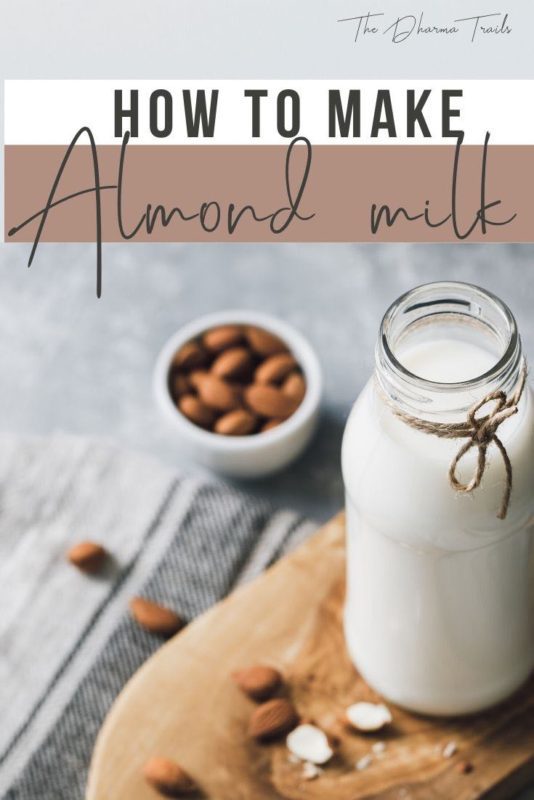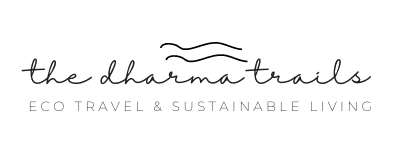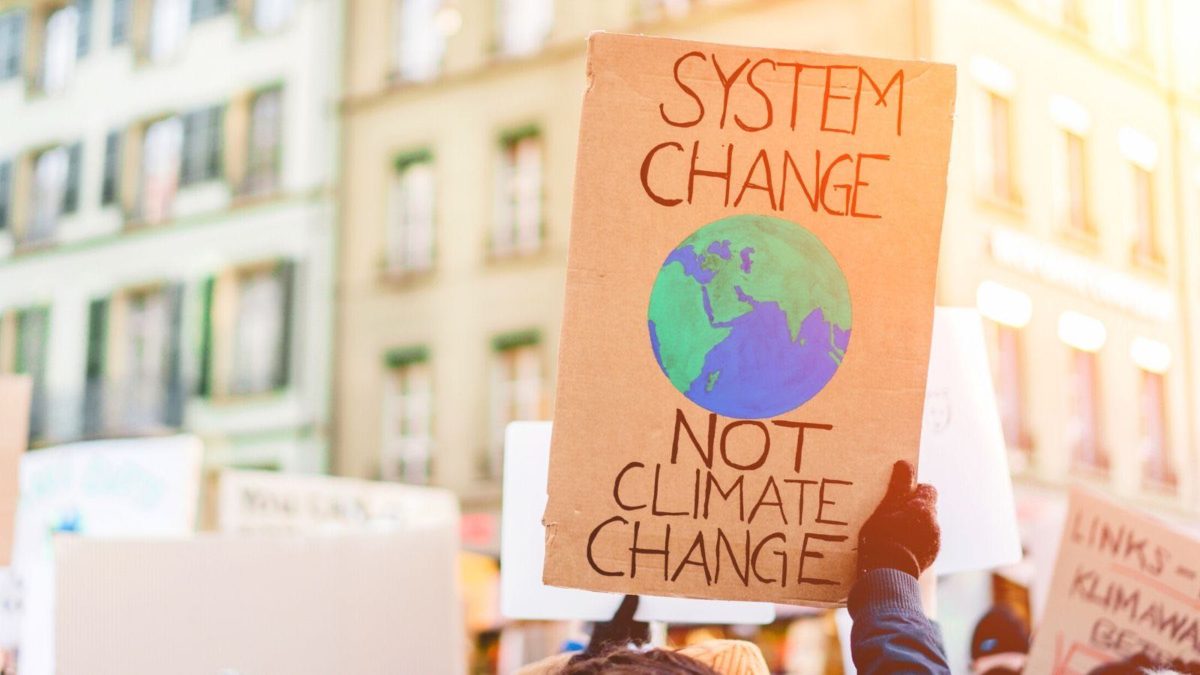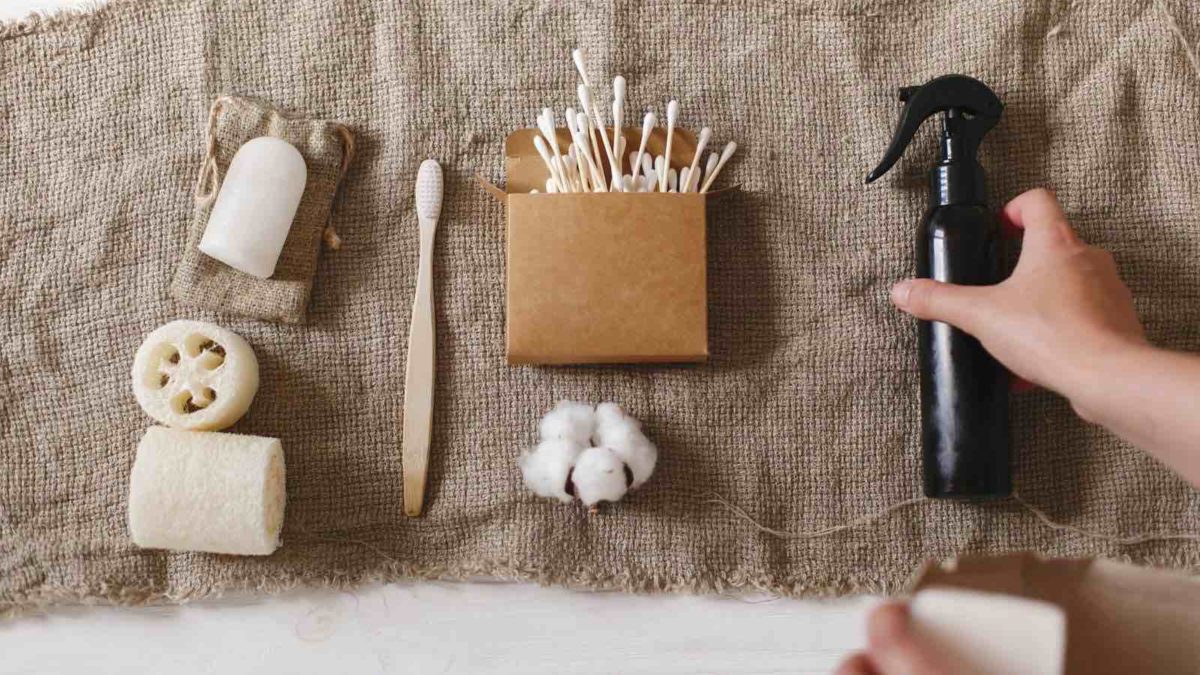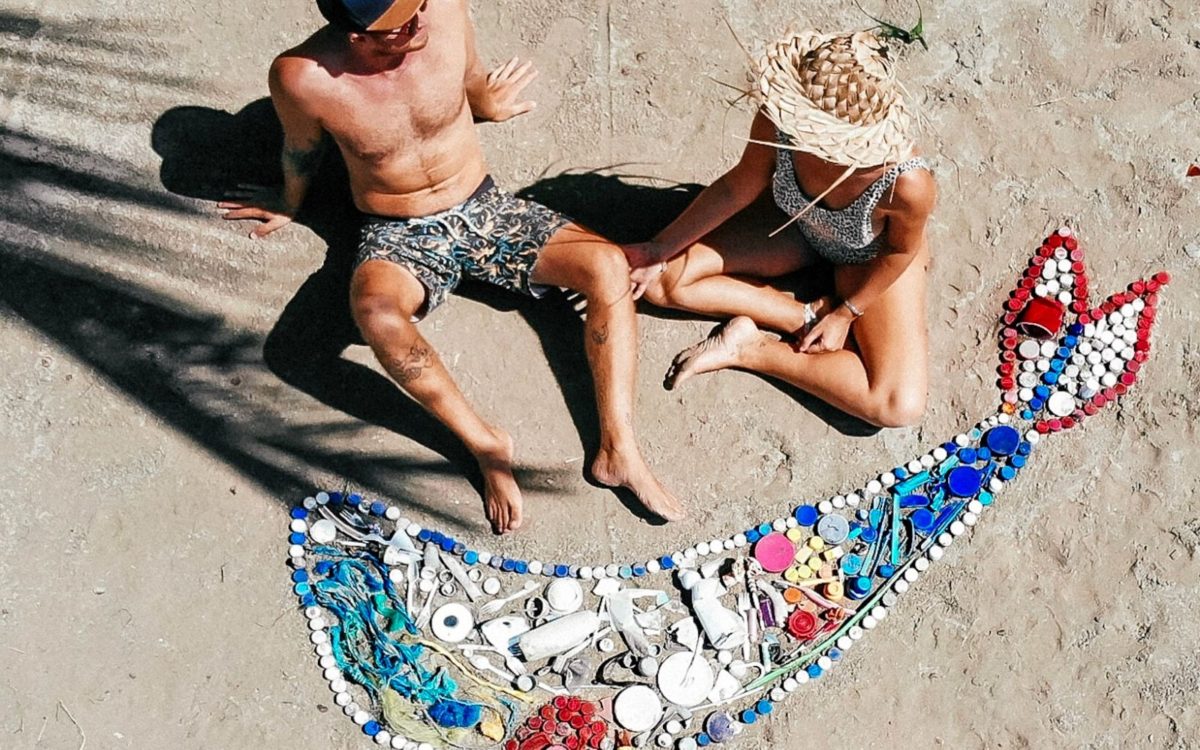Almond Mylk is a delicious and creamy plant-based milk to make at home. Whether you are concerned about your environmental footprint or want to say no to plastic at home, making your own DIY milk is a great way to attain a more zero waste lifestyle.
This post may contain affiliate links, which means I may earn a commission if you click a link and make a purchase. As an Amazon Associate, I earn from qualifying purchases.
Table of Contents
Almond Mylk Recipe
Homemade almond mylk is a delicious and creamy plant-based milk to make yourself. It is great for your zero waste kitchen as you can purchase raw almonds from most zero waste bulk stores. Here’s the recipe:
- Soak: measure one cup of raw almonds and soak overnight. This is so that they can absorb some water overnight.
- Rinse: in the morning, rinse and drain the almonds
- Blend: place the cup of soaked almonds in a high speed blender, with 4 cups of filtered water. Blend the mixture on high speed until smooth (approximately 1-2 minutes),
- Strain: pour the mixture into a nut milk bag over a bowl. Squeeze out all the liquid
- Store: transfer the milk into a reusable glass jar or bottle. Keep it sealed in the fridge, and make sure you shake before use as it can separate.
Kitchen tools
Have these kitchen tools handy to make your oat milk:
Keep the Leftover Almond Pulp for homemade treats
There are plenty of homemade treats that you can make with your leftover almond pulp:
- Almond meal chocolate chip cookies
- Coconut and almond muffins
- Banana bread
How To Make Almond Mylk
Equipment
- Blender
- nut milk bag
- Jar or Bottle
Ingredients
- 1 Cup Raw Almonds These need to be soaked overnight
- 4 Cups Filtered Water
Instructions
- Soak your almonds overnight
- Rinse and drain your almonds, then place in your blender
- Add 4 cups of filtered water to the blender
- Blend until smooth and creamy (approx 1-2minutes)
- Pour mixture into a nut milk bag over a bowl, and squeeze out all the liquid. Alternatively you can squeeze it through a cheescloth.
- Pour the mixture into a glass jar or bottle with a sealed lid.
- Store in the fridge for up to 4 days. Give it a shake before use.
Concerned about sustainability?
In the world of Mylk, almond has had a bad wrap over the last few years for a couple of reasons:
- The impact on bees
- Volumes of water that almond trees consume
Both are valid points.
Almond’s water consumption
California is the main source of global almonds (approx. 80% of all almonds). They do require significant amounts of water (approx. 8% of the states water consumption).
However, this is relative. The crops use a lot of water because it is proving a product for the whole world. It has been ranked as one of the most valuable products grown in the state.
So while California designates a lot of water to grow almonds, it uses even more to produce dairy milk. It’s still more sustainable to drink almond milk than cow’s milk.
Honey Bees are impacted
This is one major impact of the almond industry. In 2019 the almond fields of California used around 70% of the country’s commercial honey pee population and unfortunately around 1/3 of the bees died.
Choosing Organic Certified Almonds is a good way to minimize the impact of pesticides on honeybees.
For a different sustainable DIY milk option, try making your own oat mylk.
Like this Article? Pin it!

